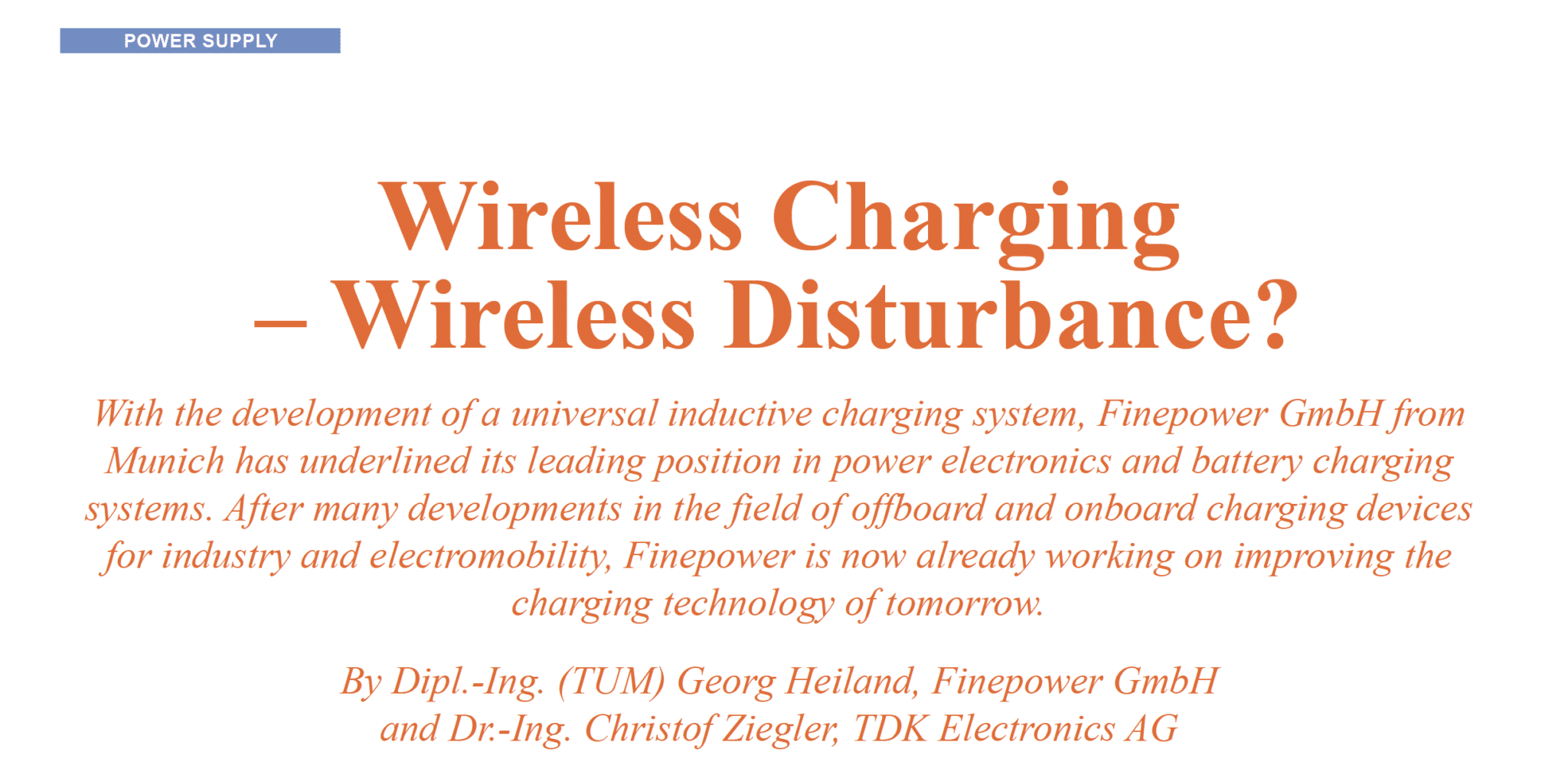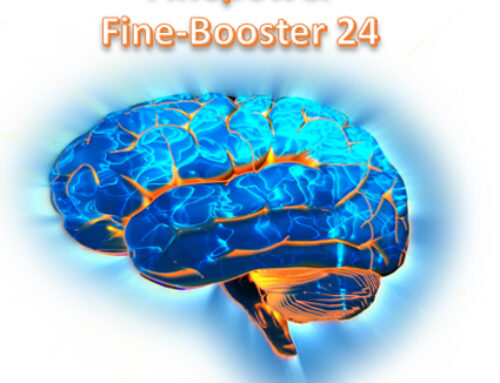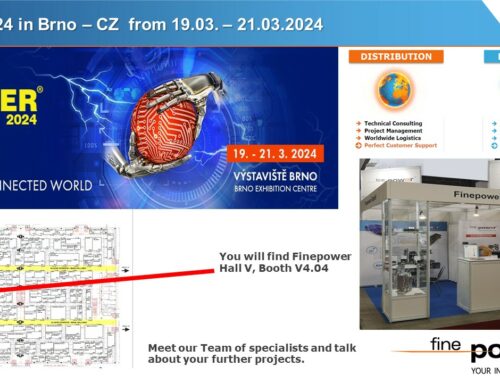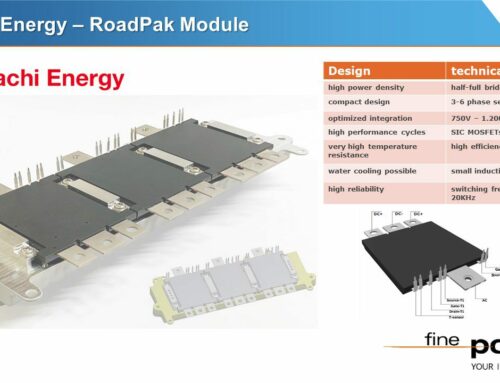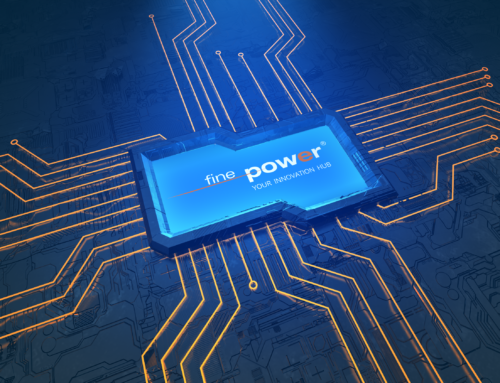Finepower GmbH from Munich has underlined its leading position in the field of battery charging systems and power electronics with the development of an inductive charging system. After many developments in the field of industrial off- and onboard chargers and electromobility, Finepower is already working on tomorrow’s charging technology improvements today.
The technical article “Wireless Charging – Wireless Disturbance” by Dipl.-Ing. (TUM) Georg Heiland, Finepower GmbH and Dr.-Ing. Christof Ziegler, TDK Electronics AG has now also been published in the English-language trade magazine Bodos Power Systems.
Inductive charging systems for electric vehicles
In the field of research, development and standardization, the topic of inductive charging stations for electric vehicles is currently the focus of attention. There are also numerous application examples. Inductive charging systems are used, for example, for the contactless charging of trucks, for automatically controlled vehicles in the industrial sector and for electric vehicles in road traffic. Not every vehicle has the same system characteristics, so every manufacturer tries to tailor its own inductive charging system to a specific vehicle fleet.
Examples of different system properties for electric vehicles:
- Battery voltages
- Coil geometry
- Current carrying capacity
- Ground clearance
Finepower, on the other hand, is currently trying to establish an inductive charging station for electric vehicles as part of the UnIndCha (Universal Inductive Charging) research project funded by the Bavarian Ministry of Economic Affairs, Energy and Technology (StMWi), which can correspond with as many different types of vehicles as possible – with correspondingly different receiver coils and battery systems.
Project participants in the development of inductive charging systems
TDK Electronics AG, formerly known as EPCOS AG, is also involved in the project. The manufacturer of transmitting and receiving coils for inductive charging systems has focused on ensuring the electromagnetic compatibility (EMC) of universal systems. In addition, the professors for energy conversion technology from the Technical University of Munich (TUM) and the Technology Network Allgäu (TNA) from the University of Applied Sciences in Kempten are also contributing fundamental research work.
The measurement results of the research work for inductive charging systems
In the research project UnIndCha, the responsible persons have built up a prototype of an inductive charging system and were able to measure a radiated magnetic disturbance in the frequency range between 9 kHz and 30 MHz at different transmission frequencies of the WPT system. Depending on the setting of the resonant circuits with otherwise identical operating parameters, an emission reduction of up to 10 dBµA/m could be observed in the different measurement series.
Furthermore, an optimal setting value of 62% could be measured in the various measurements of the inductive charging stations. This indicates that with variable settings the emission of interference increases again if the compensation is too high.
Due to the possibility of variable oscillating circuit settings, work in the frequency range required by the standard can be ensured for larger offset positions.
Conclusion from the research work for inductive charging stations
The results of the measurements of the interference emissions showed great variations in the designs in different frequencies and settings. When working at the resonant frequency, a significant reduction of harmonics was achieved. Therefore, a circuit design for inductive charging stations with the possibility of readjusting the resonance tuning is very advantageous, especially with high coil displacements. These circuit designs were investigated by Finepower in the research project UnIndCha.
The information contained here is taken from the article in the specialist magazine Bodos Power Systems. You can read the complete detailed article with more detailed information about the research project here.


